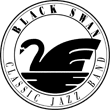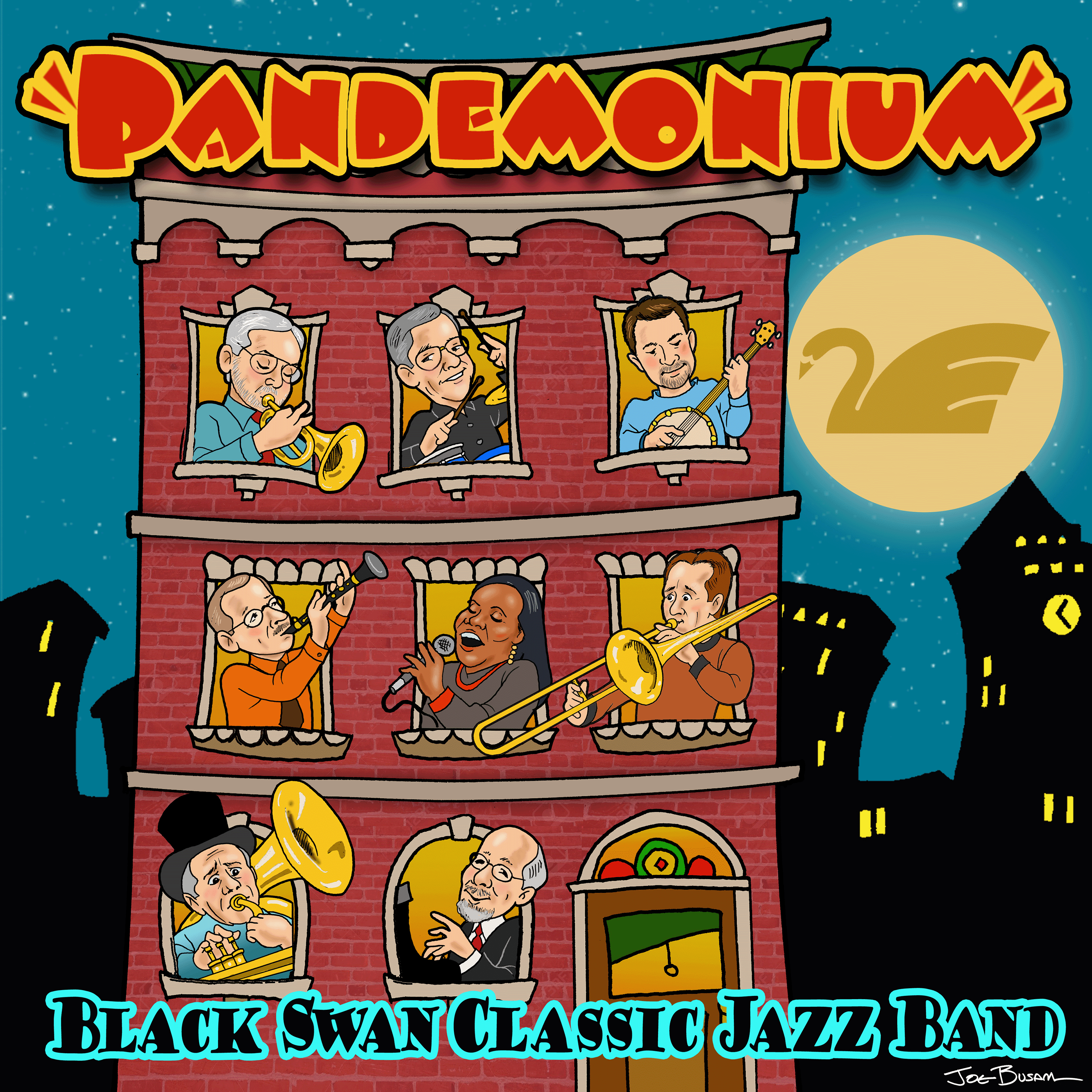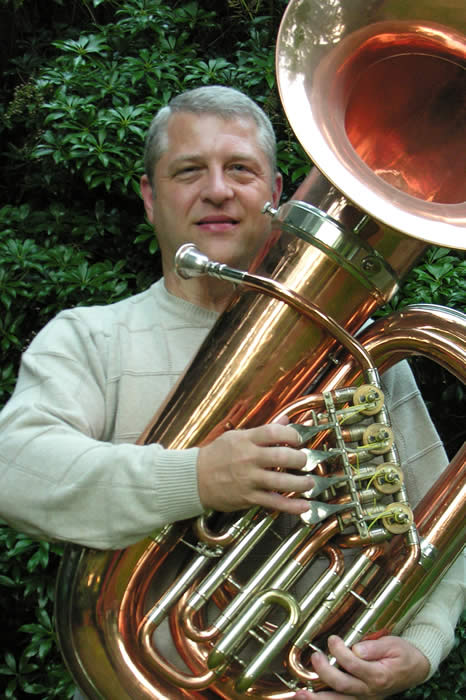Hot Notes
Notions bout hot jazz performance, approach, venues, musicians and future. |
Positioning the Traditional Jazz Spotlight |
||
There is much wailing and moaning in the traditional jazz festival community these days, and the culprit is statistics. The concern centers on declining numbers of participants: audiences, young musicians, events, sponsorship and support, and volunteers. This topic causes a great deal of teeth gnashing by my festival organizer friends, and, closer to home, the subject is increasing the number of gray hairs on my own already burdened head. Here's why. As a performer, I want to continue presenting music done in a hot jazz style. I love and respect this genre and believe it should remain a relevant and vibrant form of human interaction. As a businessperson and bandleader, however, I realize that these declines are likely to mean fewer gigs in the future, no matter how well I or my ensembles perform. The Danny Devito character in the 1991 film Other People's Money put it this way ". . . and you know the surest way to go broke? Keep getting an increasing share of a shrinking market. Down the tubes. Slow but sure. You know, at one time there must've been dozens of companies making buggy whips. And I'll bet the last company around was the one that made the best goddamn buggy whip you ever saw . . ." Our traditional jazz community represents a niche ecosystem that cannot thrive unless all participants are healthy and in balance. They are interrelated and feed off one another. If the musicians are competent and inspired, the listeners and dancers are energized and demonstrative – a phenomenon that also works in the opposite direction. The interplay between these important constituencies isn't possible, however, without the organizational skills and support of volunteers or – in rare cases – paid personnel that provide the backbone and infrastructure to make each festival more than just a great idea: event planning, securing facilities and equipment, logistical support, marketing, scheduling, record-keeping, safety, operating sound equipment, and what have you. When everything clicks, "FUN happens,” and consumers are engaged and want to come back next year. But when musicians aren't competent, the backbone support is weak, or – most drastically – the audience doesn't show up, the chance of a positive outcome is nil. I believe that the traditional jazz festival ecosystem is out of balance and looking a little peaked. Specifically, I think we've become too performer-centric at the expense of customer participation. The very title "Jazz Festival" implies an elevated focus on the musician rather than the audience. To the wider public, it also suggests that the event will be intellectual in nature, difficult for the lay listener to understand and enjoy, and relegate the audience to a passive role. Folks, that's not the message we want to communicate. One popular theory says that the way to build future audiences is to get young musicians involved and excited about performing the genre. While a laudable goal, this assumes that the young musicians will remain with the style over time and attract younger listeners and dancers to events. Frankly, with few exceptions, I don't think this works. Life gets in the way, the math is suspect, and building a better "crafts person" does not mean the world will beat a path to their door. So I'd like to see festival organizers turn this thinking on its ear. The focus should be on the audience and their desires must remain in the spotlight! This premise, in turn, means that we must first understand what drives our customer to show up and put a strategy in place to successfully win their heart and mind. If we solve that part of the equation, the musicians will follow. Understanding customer needs and successfully executing an appropriate strategy are difficult tasks, but they are important for festival leadership to get right. Yes, audiences may initially come to these events because they like the music. They will keep coming back, however, only if they can actively participate. Many wish to dance, socialize, interact with performers off-stage, visit attractive places, drink, have romantic interludes . . . you name it. The music is the theme, but engagement is what prompts allegiance to the event. If our traditional jazz family can deliver a great experience to our customers musically and engage them socially, we will provide an environment that is attractive to future audiences that will, in turn, provide demand for more traditional jazz music and musicians and the events that surround them. In a word, balance. Next time, we'll take a look at an important element of this ecosystem in an edition named "Dancers, Front & Center!" |
October 08, 2010 Dancers, Front & CenterPositioning the Traditional Jazz Spotlight |
|




